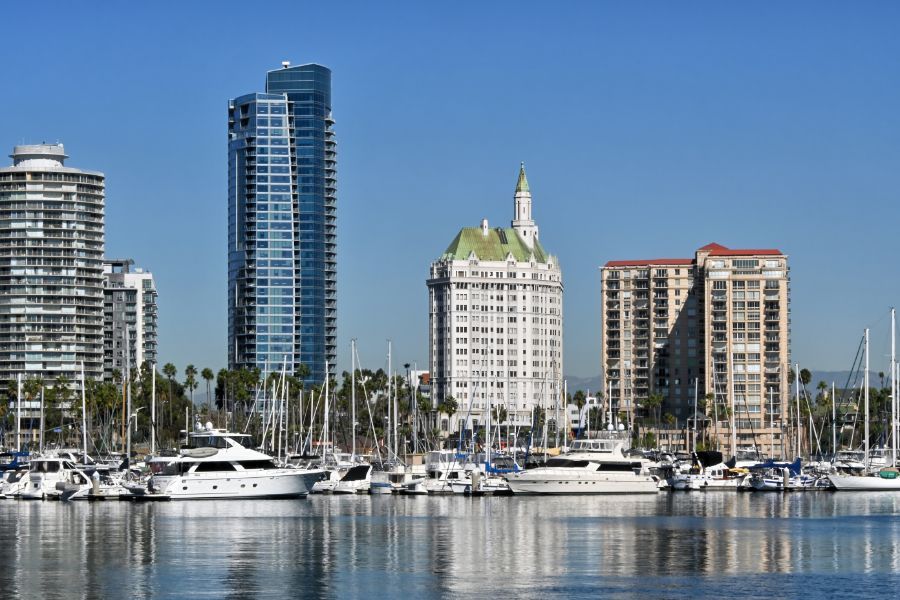3 Common Mistakes Property Managers Must Avoid

Managing properties entails far more than simply collecting rent. A number of tasks and duties are required to ensure the satisfaction of your tenants. When a tenant feels like their needs are being met by their property manager, it increases the possibility of a lease renewal.
Today, we’re going to discuss three common mistakes property managers need to avoid to increase their bottom line.
Poor Communication
Communication is one of the most important aspects of having a good relationship with tenants. For tenants, it can be frustrating for their calls and emails to go unanswered for long periods. Suppose communication with a tenant is well established. In that case, you can learn about issues with your property, such as damaged electrical circuitry and leaky plumbing, which, if caught and fixed quickly, can save you thousands of dollars down the line. If property managers delay or ignore tenant communication attempts, it can greatly affect your bottom line. Not only can a tenant choose not to renew their lease, your property can end up with expensive repairs.
Dealing with frequent vacancies can be incredibly stressful. Not only do you miss out on your tenant's monthly rent income, but you also need to invest money and time in preparing the rental, listing the rental, and screening another tenant.
Lack of Maintenance
Maintaining the property is rarely the tenant's job. Poor maintenance affects the tenants and will eventually come back to cost the owner. Once their lease agreement ends, tenants have no reason to stay in a rental run down out of negligence. Poor maintenance can also shorten the lifespan of the systems in the home. An extreme example is a leak in the plumbing. If the water were to make it into the walls, you risk damaging the framing, growing mold and mildew, and creating an environment that invites pests. What was a small leak will cost thousands, or the home can be considered uninhabitable until repaired.
It's best practice to have regular inspections of the property inside and out, although you’ll need to set up a date to access the inside of the tenant’s unit. Inspecting the landscaping, paint, and other amenities is important for the property's exterior. Even though curb appeal is typically only focused on when looking to find a tenant, the rental property needs to look its best year-round to maintain its value.
Being Unfamiliar with Local and State Laws
California's real estate laws vary depending on the county and city of your rental. The rules can change significantly depending on the location of your rental. Your property manager needs to be aware of the laws in the area they are managing. Many of the laws in California are in place to protect tenants over landlords, so it can be incredibly expensive if your property manager isn't familiar with these laws. This can greatly affect your bottom line in court fees, lawyers, and time.
For example, while you can state in your lease agreement that there will be regular rent increases, your property manager must know how much and how frequently they can increase and how many days notice is required before you raise the rent.
Managing your rental property can feel daunting for first-time landlords. This can be different, though. If you need help managing your property or are having trouble understanding what other mistakes to avoid, we invite you to call us today at (562) 888-0247 or fill out our
Owner Application online.





